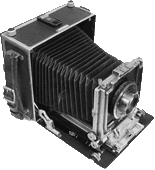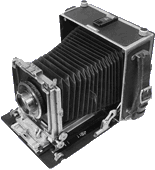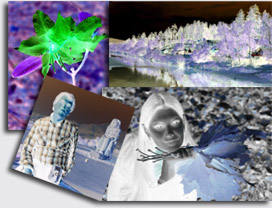

ФОТОКНИГА
|
Фотография: литература книги учебники пособия
справочники по фотографии / цифровая фотография /
профессиональная фотография /
любительская фотография / подарочные фотоальбомы /
старые и старинные фотографии
справочники по фотографии / цифровая фотография /
профессиональная фотография /
любительская фотография / подарочные фотоальбомы /
старые и старинные фотографии
Portraits Of An Age: Photography In Germany And Austria 1900-1938
Страниц: 173 Book DescriptionThe process of creating a portrait involves much more than the dialogue between the photographer and his model. The visual experience shared by portrait subjects, authors, and viewers casts self-presentation and photographic interpretation into pre-existing molds. Yet, individuality and spontaneity gained significant ground in the years following the fin de siecle, when efforts to escape from dictorial rule in the late 1930s led to even greater concern with individuality. The resulting portraits document the changing image of middle-class society in Germany and Austria, while demonstrating the rise of photography as an independent force. Gradually, the refined salon portraits of such artists as Nikola Perscheid and the Atelier d'Ora gave way to the crystalline elegance of heads and faces by Trude Fleischmann, Lotte Jacobi, and Hugo Erfurth. Umbo's extreme close-ups, Helmar Lerski's light-modeling, and Laszlo Moholy-Nagy's experiments radically altered the human... Категории каталога: Коллекции, каталоги и выставки; Справочная литература; История и теория фотографии |
Фотокалейдоскоп
Как фотографировать еду?
При фотосессии используйте естественное освещение, так как вспышка может испортить весь вид блюда. Фото может получиться не естественным и не привлекательным.
Как фотографировать домашних питомцев?
Кто является счастливым обладателем какого-либо домашнего животного, знает, как часто хочется сфотографировать его и запечатлеть интересные моменты из его жизни. Фотографировать домашних питомцев нужно на уровне их глаз. Для этого хорошо бы присесть или поместить своего любимца на диван или стул. Животных с темной шерстью желательно фотографировать на светлом фоне, а со светлым окрасом – [...]
